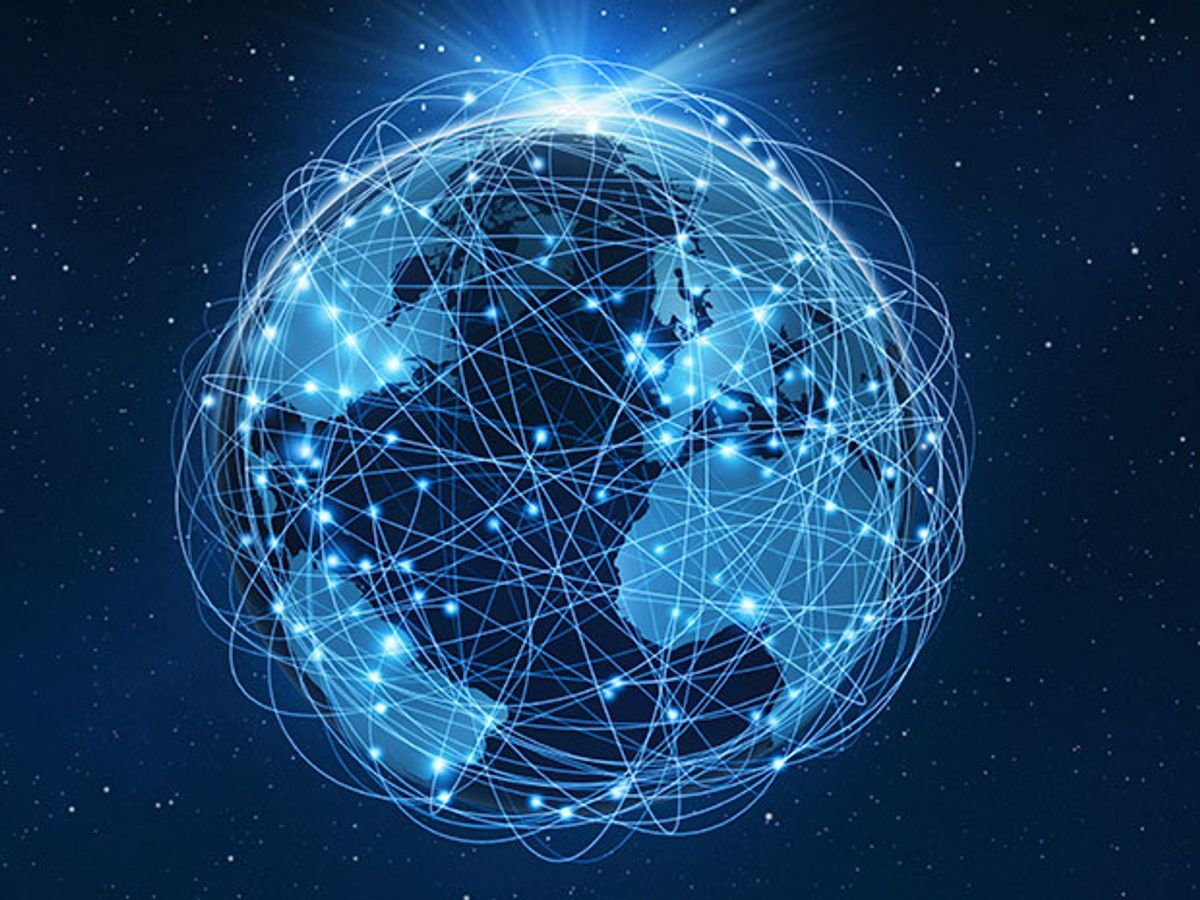A global push to create more than a billion new Internet users over the next four years is underway, and leaders this week announced dozens of country-specific projects devoted to improving connectivity. India also officially signed on, joining more than 35 nations committed to expanding public Internet access and working with industry to build connections for rural users.
U.S. Secretary of State John Kerry led a meeting of global finance ministers, company executives and government representatives on Thursday in Washington D.C. to promote the U.S. State Department’s Global Connect Initiative, first announced last fall. The initiative has a stated goal of bringing 1.5 billion people online by 2020.
Kerry underscored the program’s ambition and mission by calling it “sort of the international equivalent of Franklin Roosevelt’s electrification program 80 years ago.”
On Thursday, the department announced 65 new or ongoing projects led by partners intended to foster connectivity around the world. The projects vary widely in scope and approach—the small island of Mauritius is adding 235 free public Wi-Fi hotspots while Finland has declared affordable access to 2 Mbit/s broadband connection to be a basic human right.
Catherine Novelli, the U.S. State Department’s Under Secretary for Economic Growth, Energy and the Environment told IEEE Spectrum that other nations will start by simply developing a national broadband plan for the first time. The U.S. also plans to place “digital economy officers” in 275 American offices and embassies around the world to work closely on projects with governments and nonprofits.
In his opening remarks at Thursday’s meeting, World Bank President Jim Young Kim estimated the total cost of bringing the Internet to this huge new group of citizens to be $450 billion worldwide. The investments announced on Thursday total about $20 billion.
Throughout the week, state department officials emphasized the ability of the Internet to foster economic growth, particularly in nations where growth has waned. The World Bank has said that for every 10 percent increase in broadband Internet access, developing countries can expect GDP to rise by 1 to 2 percent.
“Many economists are saying, growth is going to be in the service sector and that’s going to require digital competency,” Kim said.
Companies have also joined and are eager to capitalize on a fresh customer base while experimenting with new ways to provide low-cost Internet access. Google, Telenor, Microsoft, PayPal and Mozilla have all signed on. Earlier this week, Facebook announced at its F8 developer conference that it was testing millimeter wave technology to bring the Internet to rural users in a new project called “Terragraph.”
However, on Wednesday, the State Department and IEEE Internet Initiative hosted an all-day meeting of technical and policy leaders to brainstorm ideas for how to overcome connectivity issues in various regions. A theme of that discussion was applying tried-and-true solutions rather than waiting for the next big innovation to arrive.
“Certainly there’s a lot of basic technology that’s still very sound, if you think abut fiber optic cables and cell phone towers,” Novelli said. “There’s probably things we haven’t even thought about yet but there’s also the nuts and bolts and we don’t want to lose sight of that.”



